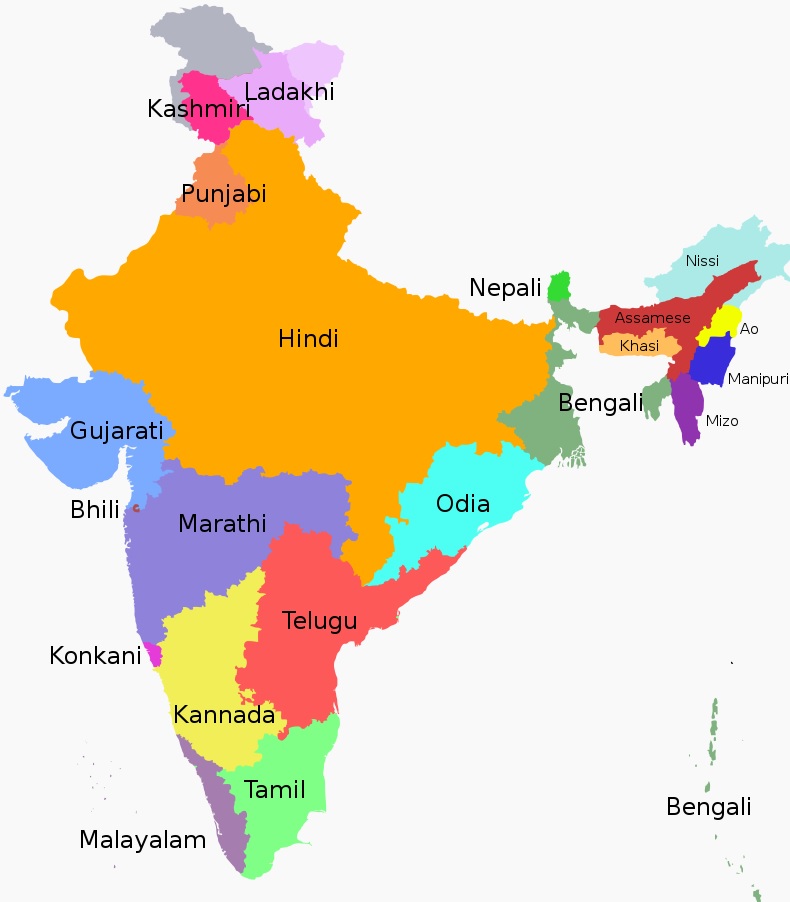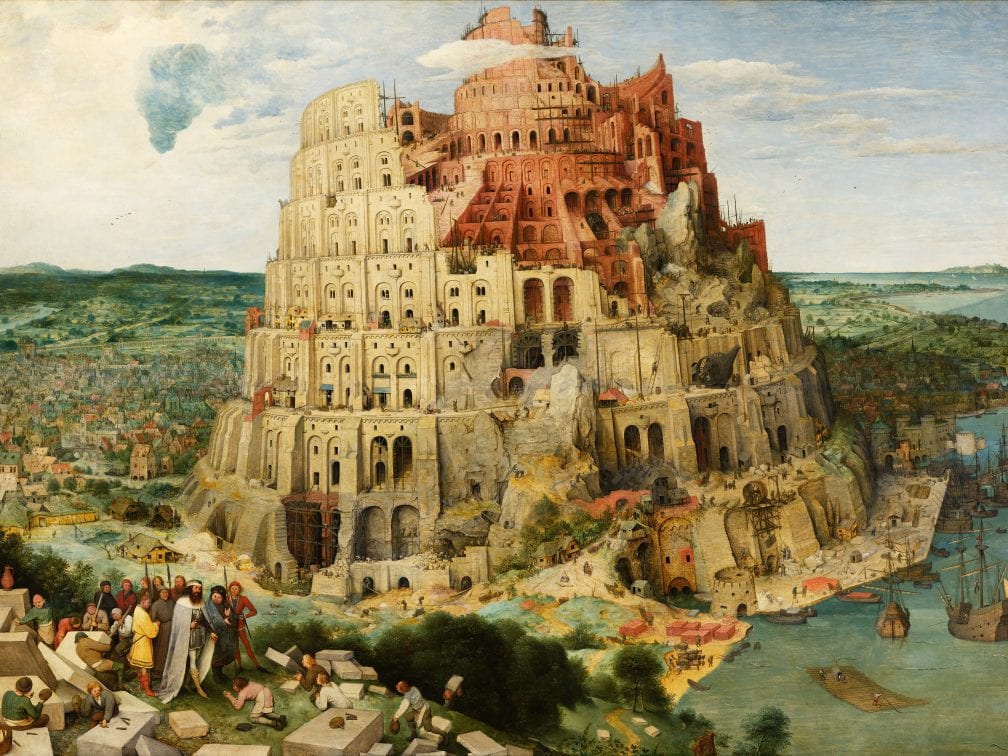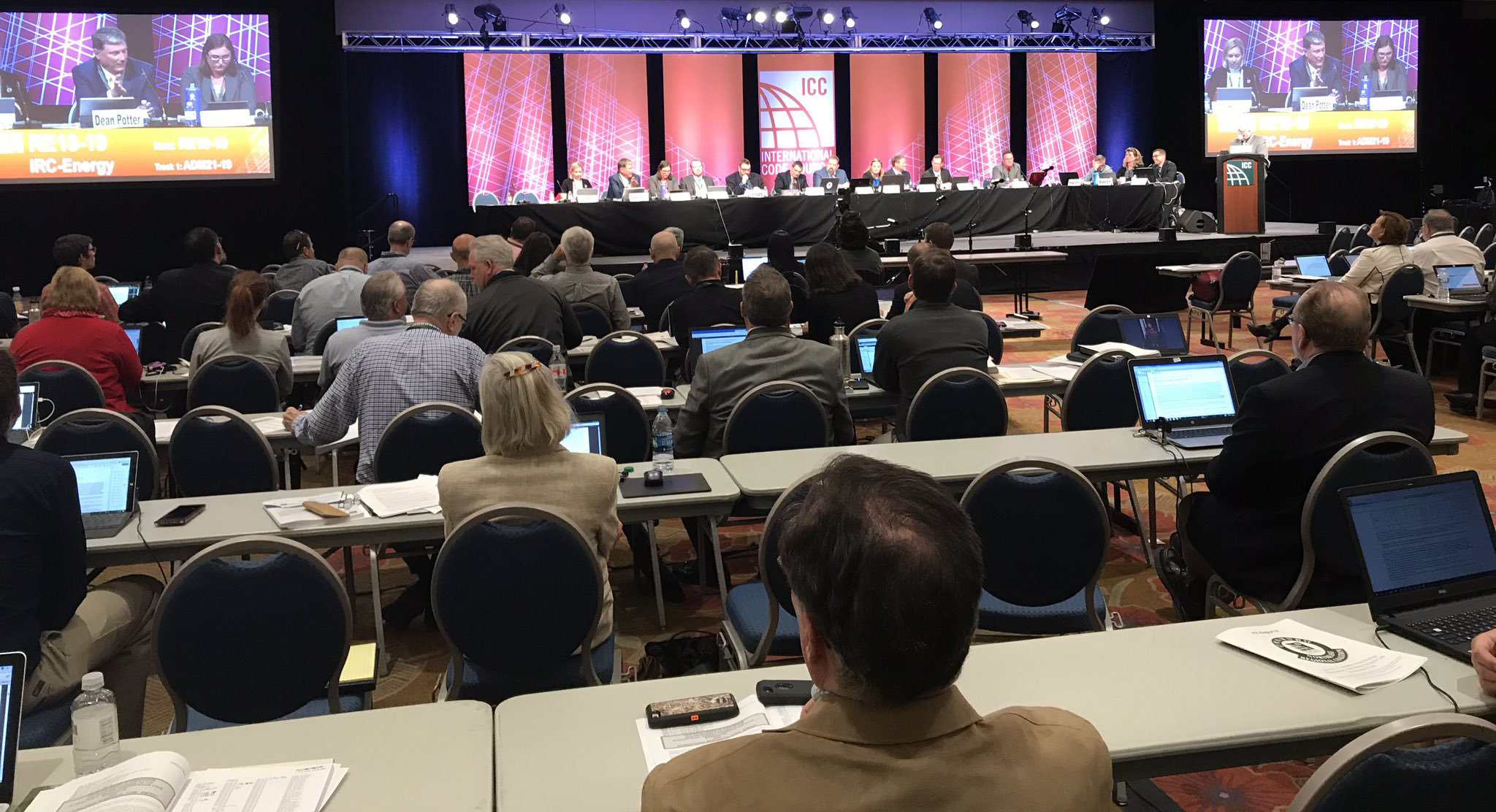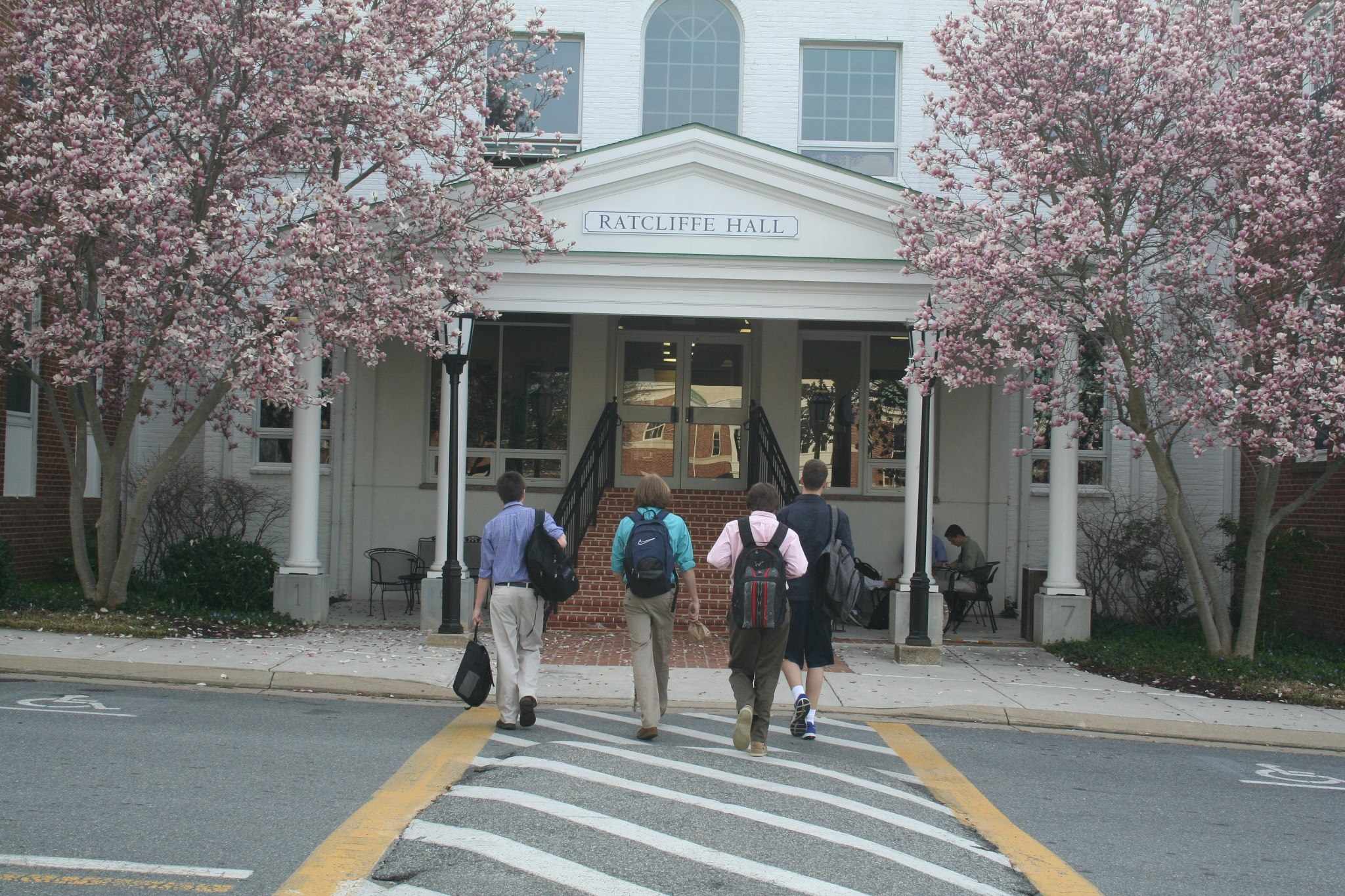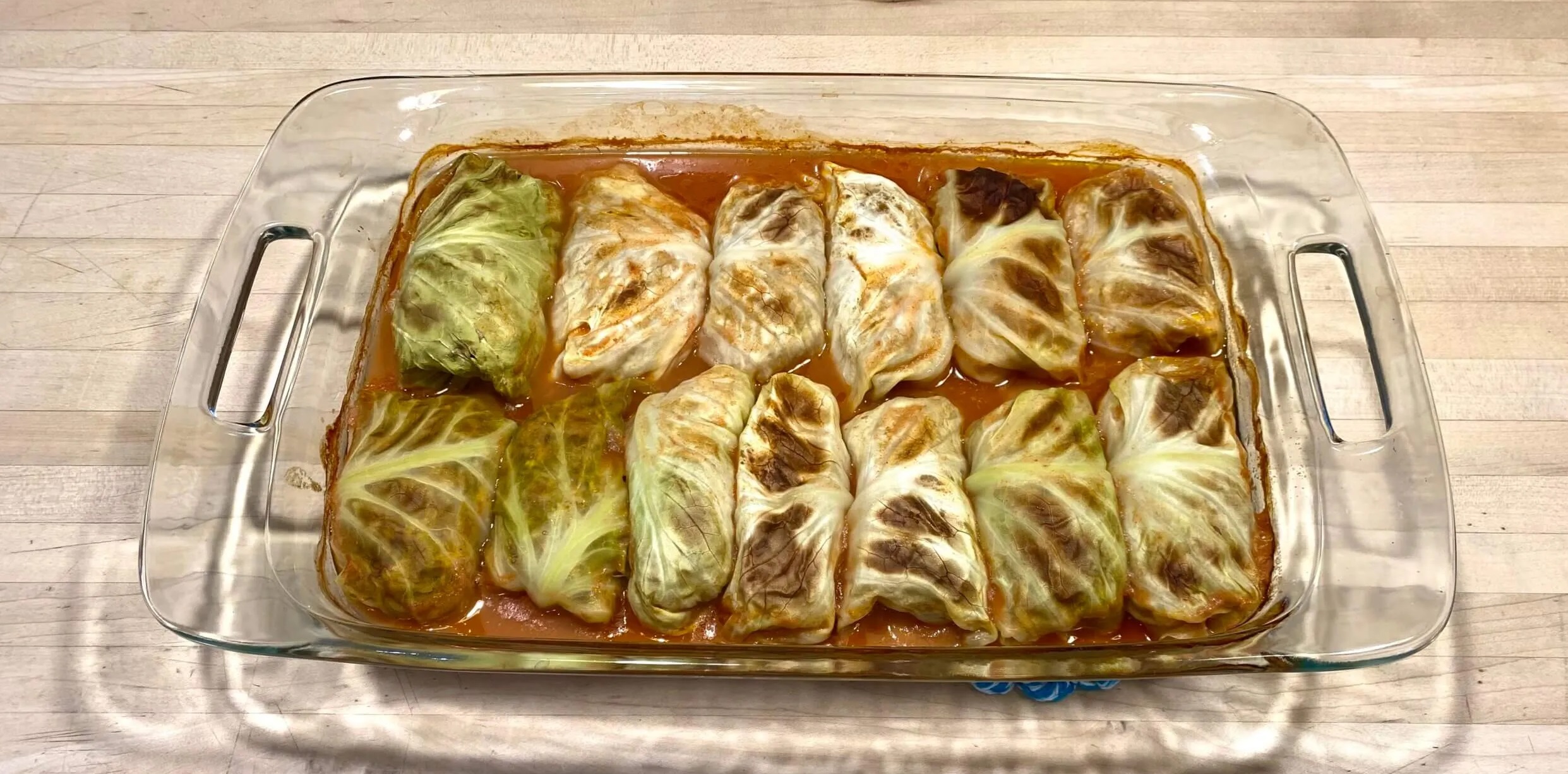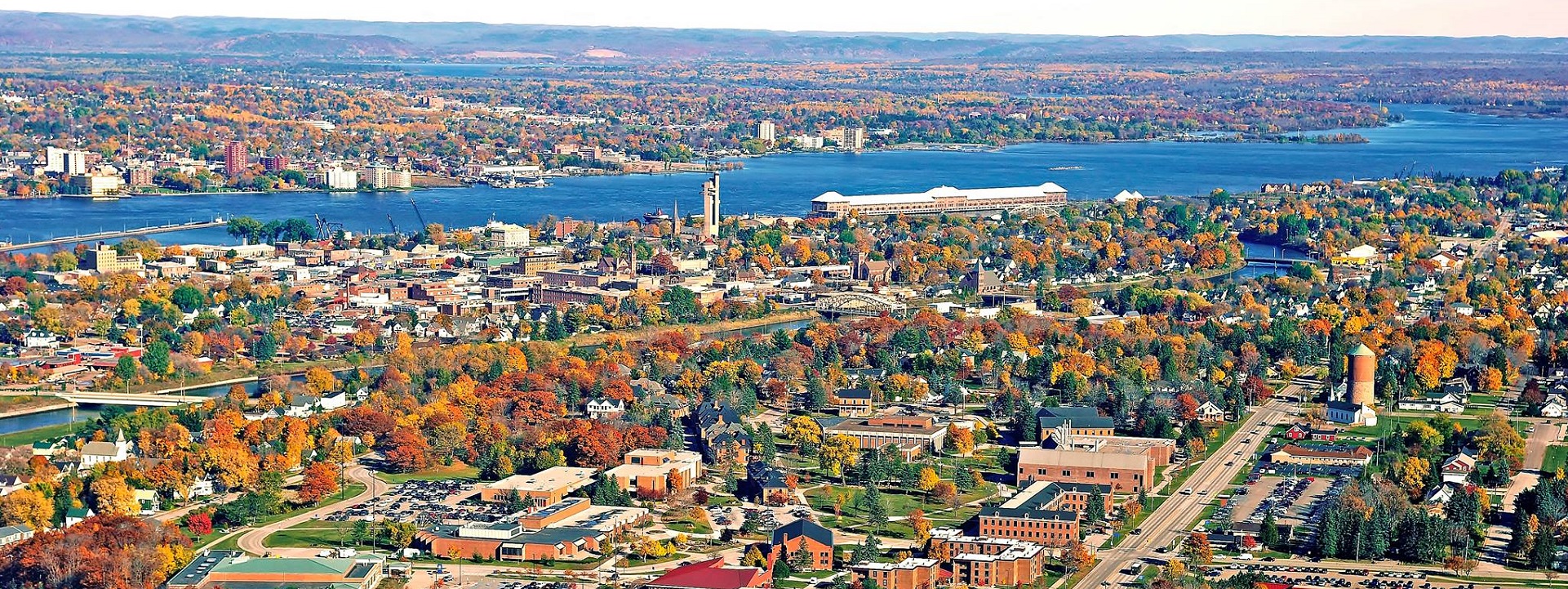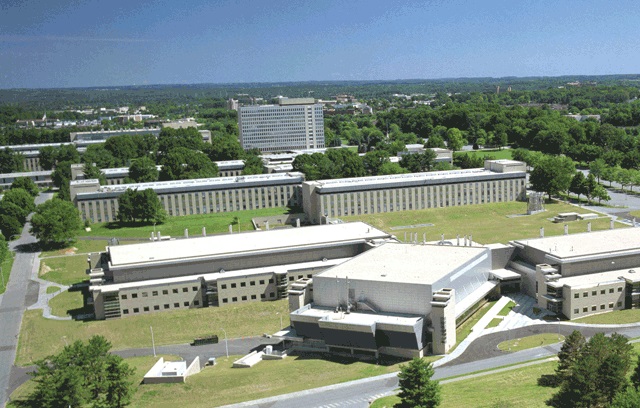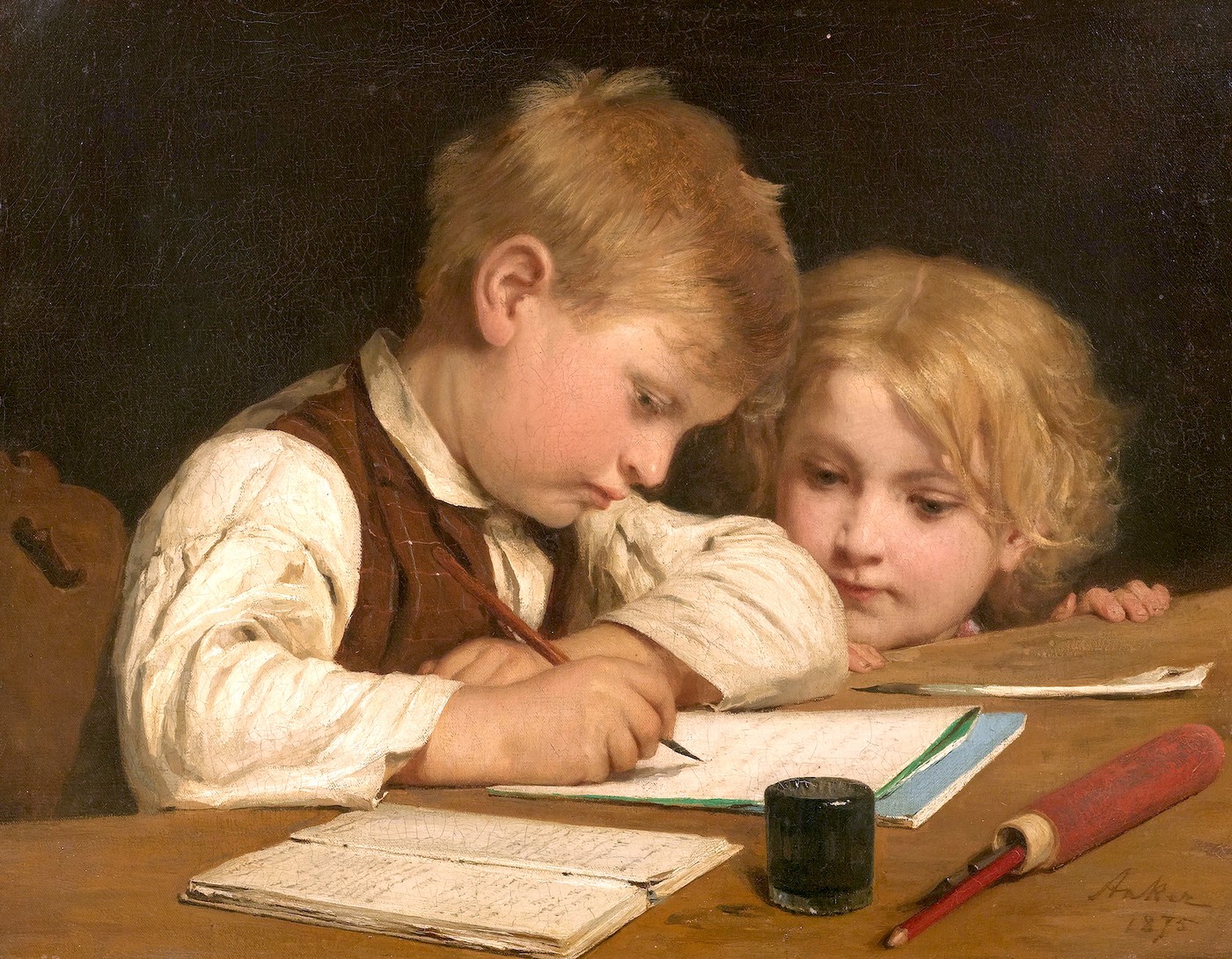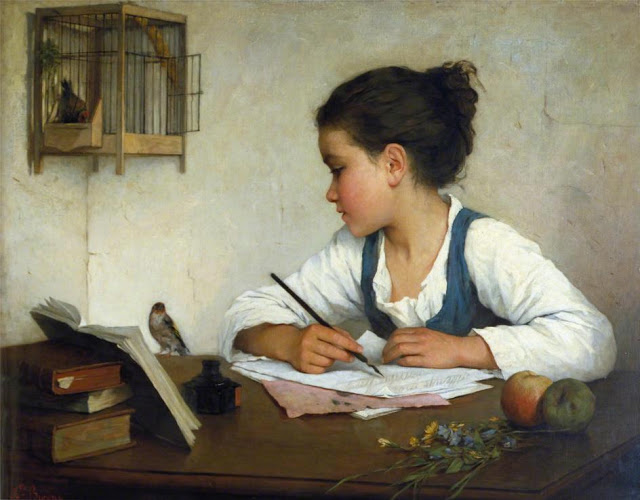Author Archives: mike@standardsmichigan.com
- Home
- Articles posted by mike@standardsmichigan.com (Page 4)

print(“Python”)
Python 3.14.0 was released for public use October 7th.
“Python is the programming equivalent
of a Swiss Army Knife.”
— Some guy
Open source standards development is characterized by very open exchange, collaborative participation, rapid prototyping, transparency and meritocracy. The Python programming language is a high-level, interpreted language that is widely used for general-purpose programming. Python is known for its readability, simplicity, and ease of use, making it a popular choice for beginners and experienced developers alike. Python has a large and active community of developers, which has led to the creation of a vast ecosystem of libraries, frameworks, and tools that can be used for a wide range of applications. These include web development, scientific computing, data analysis, machine learning, and more.
Another important aspect of Python is its versatility. It can be used on a wide range of platforms, including Windows, macOS, Linux, and even mobile devices. Python is also compatible with many other programming languages and can be integrated with other tools and technologies, making it a powerful tool for software development. Overall, the simplicity, readability, versatility, and large community support of Python make it a valuable programming language to learn for anyone interested in software development including building automation.
As open source software, anyone may suggest an improvement to Python(3.X) starting at the link below:
Python can be used to control building automation systems. Building automation systems are typically used to control various systems within a building, such as heating, ventilation, air conditioning, lighting, security, and more. Python can be used to control these systems by interacting with the control systems through the building’s network or other interfaces.
There are several Python libraries available that can be used for building automation, including PyVISA, which is used to communicate with instrumentation and control systems, and PyModbus, which is used to communicate with Modbus devices commonly used in building automation systems. Python can also be used to develop custom applications and scripts to automate building systems, such as scheduling temperature setpoints, turning on and off lights, and adjusting ventilation systems based on occupancy or other variables. Overall, Python’s flexibility and versatility make it well-suited for use in building automation systems.
.@PyCon US 2025 is a wrap, and our hearts are full with #Python community love! Thanks to every single one of you who organized, volunteered, attended, & sponsored 🐍🫶 #PyConUS
The PSF office will be closed May 26-28 so our staff can rest & recover. See you back online soon! pic.twitter.com/Sy1hiRmvw4
— Python Software Foundation (@ThePSF) May 27, 2025
International Building Code Definitions: Chapter 2
2021 IBC Chapter 2: Definitions
2024/2025/2026 ICC CODE DEVELOPMENT SCHEDULE
Complete Monograph (2650 pages) | Note our proposal on Page 754
“All language is but a poor translation.”
― Franz Kafka
The Impossibility of Translating Franz Kafkahttps://t.co/OotULfVwA5@ASTMIntl
Standard Practice for Assessing Language Proficiencyhttps://t.co/RQVv3TJs2k pic.twitter.com/EZax9evtNL— Standards Michigan (@StandardsMich) April 25, 2021
“Ever wondered what would happen if elevator’s didn’t have buttons and relied on vocal recognition instead?”
The Scottish Comedy Channel | @ComedyUnit
Language is the only homelandhttps://t.co/fulQaBUBDChttps://t.co/mrQCfy4niM pic.twitter.com/8ipdyFLPuW— Standards Michigan (@StandardsMich) July 11, 2024
‘Girls tell about their time at Canadian College of English Language’https://t.co/SKYf5gNZLXhttps://t.co/fsQaxC1L69 pic.twitter.com/FBywkbB1BY
— Standards Michigan (@StandardsMich) July 1, 2024
Stuffed Cabbage
From the Badger Insider: Eat Like a Freshman
Ingredients
1 pound ground beef
¼ pound ground pork
1 onion, chopped
¼ cup rice, parboiled
½ can tomato sauce
Parsley
Salt
Pepper
Procedure
Mix all ingredients together. Cut the core from a head of cabbage. Cook cabbage until just heated through and leaves are pliable. Peel off leaves. Put a handful of filling in each leaf and roll up the leaf. Place cabbage rolls in a baking dish.
Mix the remaining half can of tomato sauce with an equal amount of water. Pour this over the cabbage rolls. Cook in a moderate oven about one and a half hours. Serve the gravy on this dish on mashed potatoes.
Banished Words 2025 (And words that refuse to be banished)
“He who does not know foreign languages knows nothing of his own.”
– Johann Wolfgang von Goethe
In 26, it’s time for “6-7” to be 86’ed
Superior State University Announces Annual Banished Words List https://t.co/LFJkc4qKCQ
— Shane Ross (@RossDynamicsLab) January 1, 2026
The moment we’ve all been waiting for is here! 🎉
Lake Superior State University just dropped their 2024 Banished Words List! 🚫🗣️
Check out the list by clicking the link below and be sure to nominate your banished words for 2025. 🗳️
https://t.co/CFLTpFk9p5 pic.twitter.com/4q1HDvNGsF
— LSSU (@LifeatLSSU) December 31, 2023
We must spread our accent further pic.twitter.com/qEc3Cqd2cH
— Midwest vs. Everybody (@midwestern_ope) April 3, 2025
What is Happening to the Family, and Why?
“The family is nature’s masterpiece”
— George Santayana
16yrs married to this RockStar today! Something like 25+ years together… 3 awesome wild kids and whole whack of crazy experiences together! I’ve Bullshitted my way to a lot of successes but Sarah’s been the best yet!… pic.twitter.com/BLBHTtwjSC
— Mark McLean (@MdMcLean1) August 30, 2024
Educated at Yale College, Somerville College, the University of Pennsylvania, Harvard Medical School and Columbia Law School, Amy Wax speaks to the Buckley Institute, founded by William F. Buckley (Yale 1950). Links to National Centers at Bowling Green State University, the University of Virginia and the University of Nebraska.
Inside Higher Ed (September 24, 2024): Amy Wax Update
![]()
You Might Start by Reducing the Size of Government
Having six kids https://t.co/NcU7FbCt9B pic.twitter.com/9TAPA5Ixz1
— Jeremy Wayne Tate (@JeremyTate41) December 31, 2023
Highlight of my day: a student brought his entire family to my office. Such a heartwarming surprise! pic.twitter.com/0mg3Wl5uCe
— Zhongbo Kang (@ZhongboK) June 10, 2024
In popular culture:
If you’re a parent, watch this.
It will stick with you forever. pic.twitter.com/FpdGdsnd7K
— Benny Johnson (@bennyjohnson) January 10, 2026
Reject hook up culture.
Get married.
Stay married.
Have kids.
Love your family.
Be loyal.
Give back.
Go to Church.
Find God.
Care about the things that matter. pic.twitter.com/z4UEUna3ws
— Anna Lulis (@annamlulis) August 2, 2024
People grow up in a web of relationships that is already in place, supporting them as they grow. From the inside out, it includes parents, extended family and clan, neighborhood groups and civic associations, church, local and provincial governments and finally national government.
The most important decision and life’s biggest hack is picking the right partner. pic.twitter.com/MeLu5it3rn
— The Figen (@TheFigen_) March 31, 2025
International Student Cap
The province of Ontario is effectively cutting back on the number of new international students through reduced allocations of study permits and provincial attestation letters (PALs).This stems primarily from federal government caps on international study permits, which Ontario implements by distributing fewer spots to colleges and universities. The reductions have been ongoing since 2024 and continue into 2026.
For further reading:
Ontario cuts international student permits for 2026, focuses on in-demand careers
Canada International Student Cap for 2026 Set at 408,000 with New Graduate-Level Exemptions
Ontario universities struggle with revenue losses amid international student cap
Standards Curricula Program
NIST Standards Coordination Office Curricula Development Cooperative Agreement Program.
How to Apply | Awardees 2012-2025 | News Items
NIST continues its Standards Curriculum program through the Standards Coordination Office Curricula Development Cooperative Agreement Program (SCO CD CAP), formerly known as the Standards Services Curricula Development Cooperative Agreement Program. This ongoing initiative, started in 2012 (initially as Education Challenge Grants), funds U.S. colleges and universities to develop and integrate undergraduate and/or graduate-level curricula on documentary standards, standards development, and standardization into courses, modules, seminars, and learning resources. The University of Michigan is a past recipient of a standards education award through this program.
The most recent funding round was for Fiscal Year 2025 (FY25):
- The Notice of Federal Funding Opportunity (NOFO) was released on January 14, 2025.
- Applications were due by April 14, 2025.
- NIST anticipated awarding up to 8 grants, each up to $100,000, with project periods of up to 3 years (potentially extending into 2027–2028).
Projects funded under FY25 involve curriculum development and implementation that may continue into 2026 and beyond, including required workshops.
As of early 2026, no new Notice of Federal Funding Opportunity (NOFO) has been announced for FY2026. The program has historically issued funding rounds annually or near-annually, with recent awards in prior years (e.g., 2024 awards totaling over $1.1 million to 8 universities). However, due to proposed budget reductions for NIST in FY2026, future rounds may be impacted or delayed.
2024 Update: NIST Awards Funding to 8 Universities to Advance Standards Education
The Standards Coordination Office of the National Institute of Standards and Technology conducts standards-related programs, and provides knowledge and services that strengthen the U.S. economy and improve the quality of life. Its goal is to equip U.S. industry with the standards-related tools and information necessary to effectively compete in the global marketplace.
Every year it awards grants to colleges and universities through its Standards Services Curricula Cooperative Agreement Program to provide financial assistance to support curriculum development for the undergraduate and/or graduate level. These cooperative agreements support the integration of standards and standardization information and content into seminars, courses, and learning resources. The recipients will work with NIST to strengthen education and learning about standards and standardization.
The 2019 grant cycle will require application submissions before April 30, 2019 (contingent upon normal operation of the Department of Commerce). Specifics about the deadline will be posted on the NIST and ANSI websites. We will pass on those specifics as soon as they are known.
The winners of the 2018 grant cycle are Bowling Green State University, Michigan State University, Oklahoma State University, and Texas A&M University. (Click here)
The University of Michigan received an award during last year’s grant cycle (2017). An overview of the curriculum — human factors in automotive standards — is linked below:
NIST Standards Curricula INTRO Presentation _ University of Michigan Paul Green
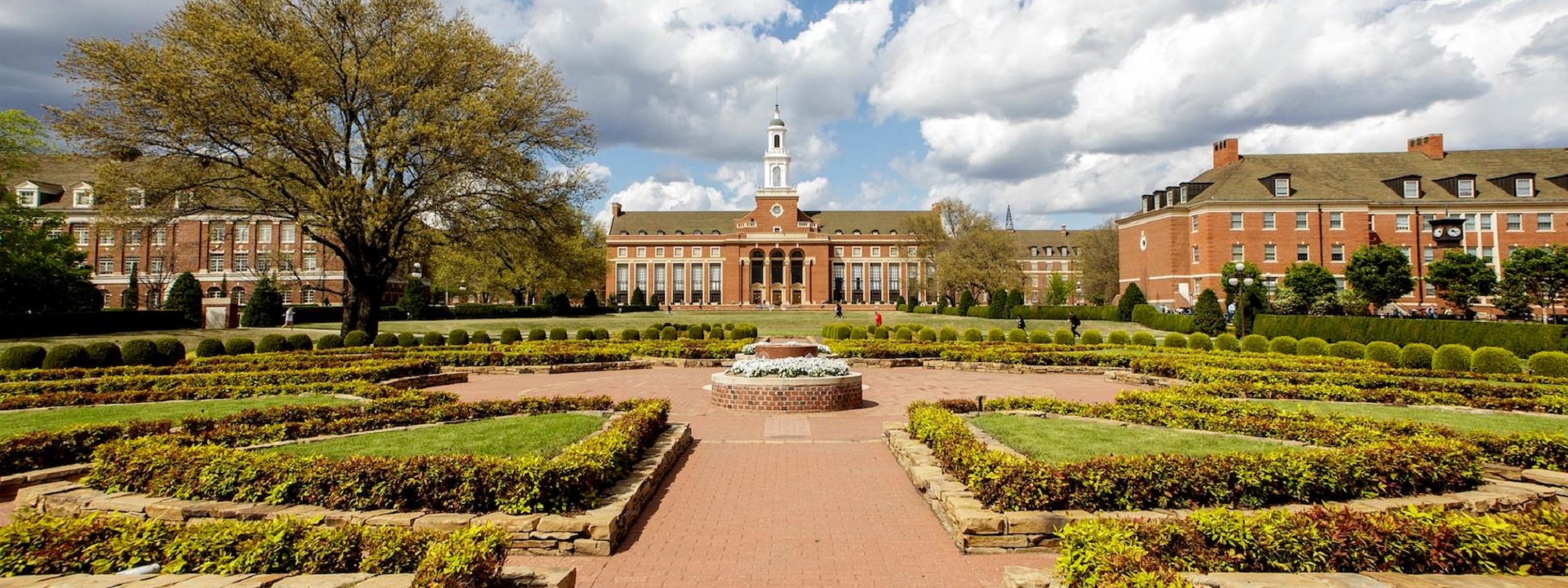
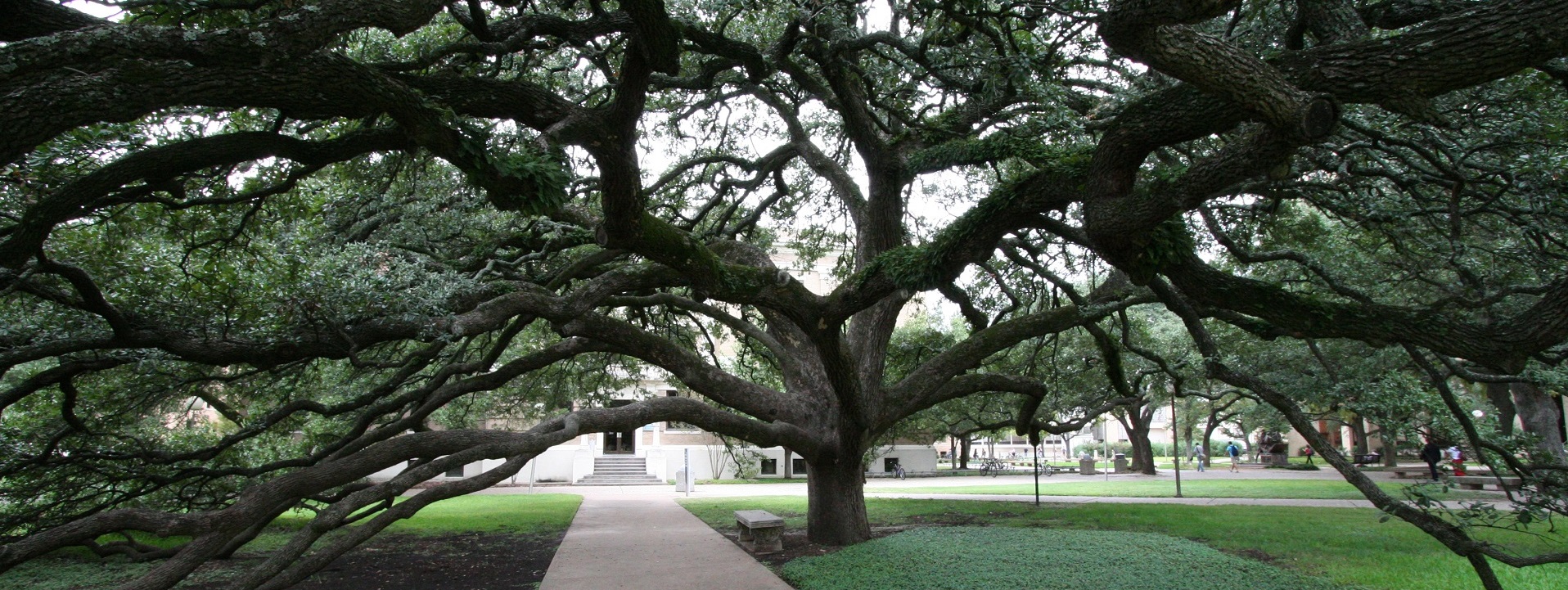
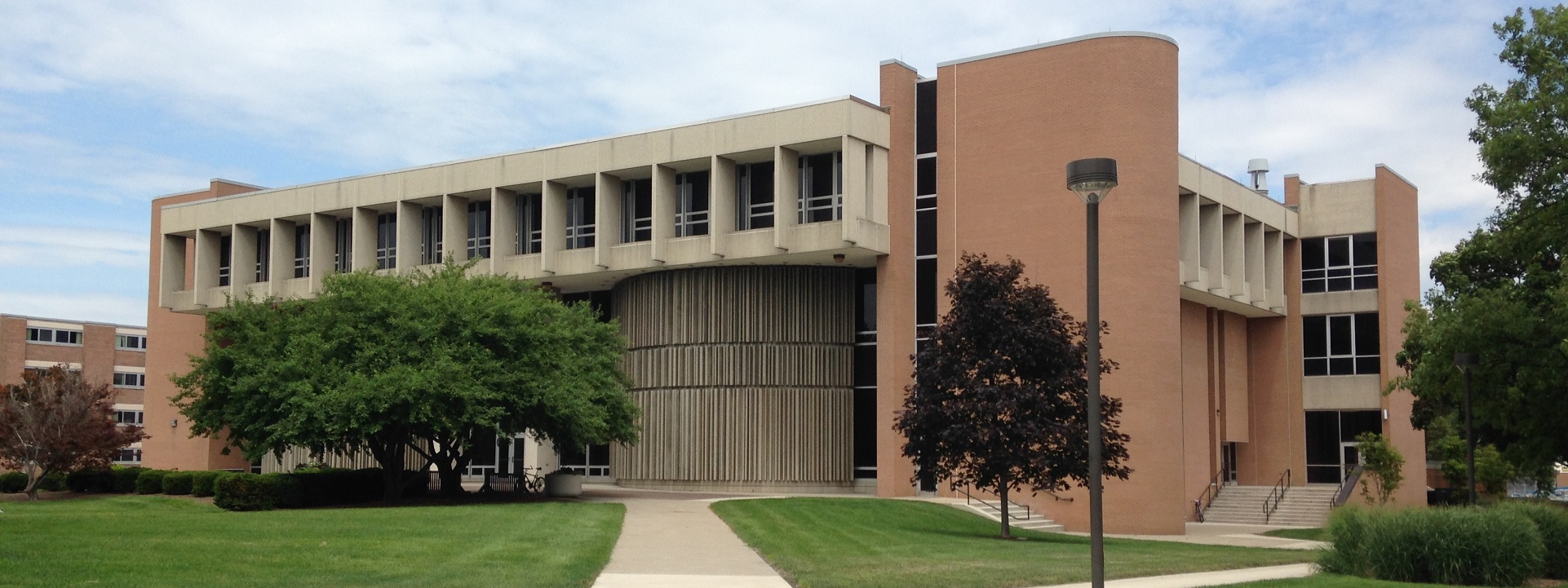
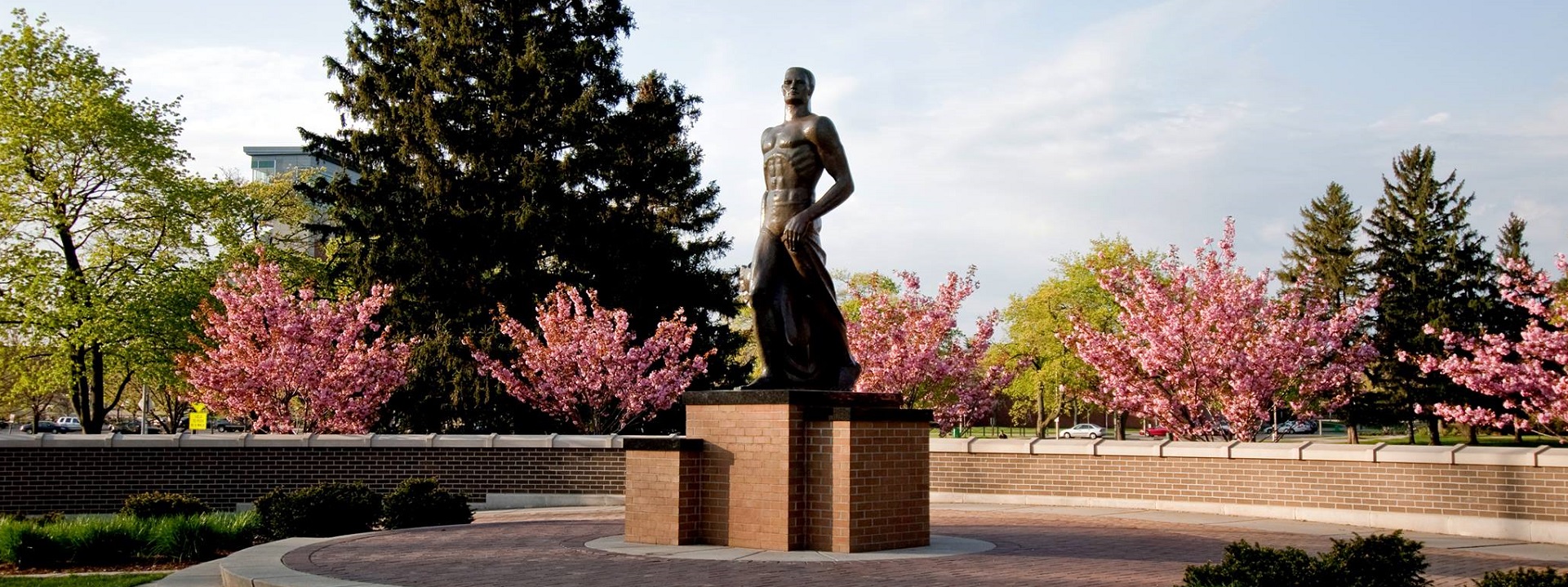
Information about applying for the next grant cycle is available at this link (Click here) and also by communicating with Ms. Mary Jo DiBernardo (301-975-5503; maryjo.dibernardo@nist.gov)
LEARN MORE:
Click here for link to the previous year announcement.
2025-2026 Student Paper Competition
ANSI Rebrands Flagship Conference: ANSI Innovation Summit Replaces World Standards Week
ANSI’s 2025/2026 Student Paper Competition challenges high school & college students to investigate the invisible standards that keep our world running—from smartphone compatibility to food safety.
🔹Theme: “Imagine a World Without Standards or Rules—What Would Happen?”… pic.twitter.com/9WDaevWvQ8
— ANSI (@ansidotorg) September 17, 2025
ANSI Student Paper Competition paused for 2025
No award for the 2024 cycle (per COE Chairperson)
The Society for Standardization Professionals Paper Competition 2025
Updated January 7, 2024
For nearly twenty years now, the American National Standards Institute Committee on Education administers a student paper competition intended to encourage understanding of the global standards system that also provides a solid prize — in the $1000 to $5000 range. The topic of the 2024 Student Paper Competition will be What Role Do or Could Standards Play in Safe and Effective Implementation of Artificial Intelligence Applications/Systems?
Student Paper Competition Flyer 2024 – Entries due 7 June 2024
For the past six years Standards Michigan has hosted Saturday morning workshops to help students (and faculty) interested in entering the contest. We will soon post those dates on our CALENDER. We typically host them — three sessions ahead of the deadline — on Saturday mornings.
We provide links to previous paper winners and refer you to Lisa Rajchel: lrajchel@ansi.org for all other details.
Related:
“Normal” Things Americans Do That The Rest Of The World Will Never Understand
ANSI Accredited Standards Developers | Contact Information
ANSI 2019 Student Paper Winner: Cybersecurity & Ukraine Power Grid Attack
2019 Student Paper Winner / Standards in Crisis Prevention & Response:
2016 Student Paper Winner | Life, Liberty and Pursuit of Happiness
New update alert! The 2022 update to the Trademark Assignment Dataset is now available online. Find 1.29 million trademark assignments, involving 2.28 million unique trademark properties issued by the USPTO between March 1952 and January 2023: https://t.co/njrDAbSpwB pic.twitter.com/GkAXrHoQ9T
— USPTO (@uspto) July 13, 2023
Standards Michigan Group, LLC
2723 South State Street | Suite 150
Ann Arbor, MI 48104 USA
888-746-3670


